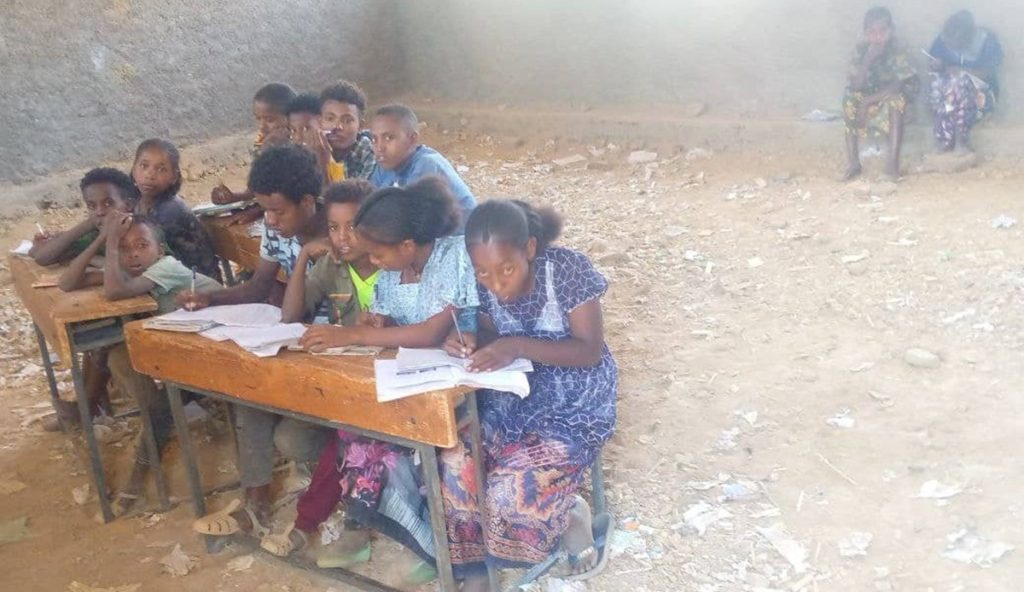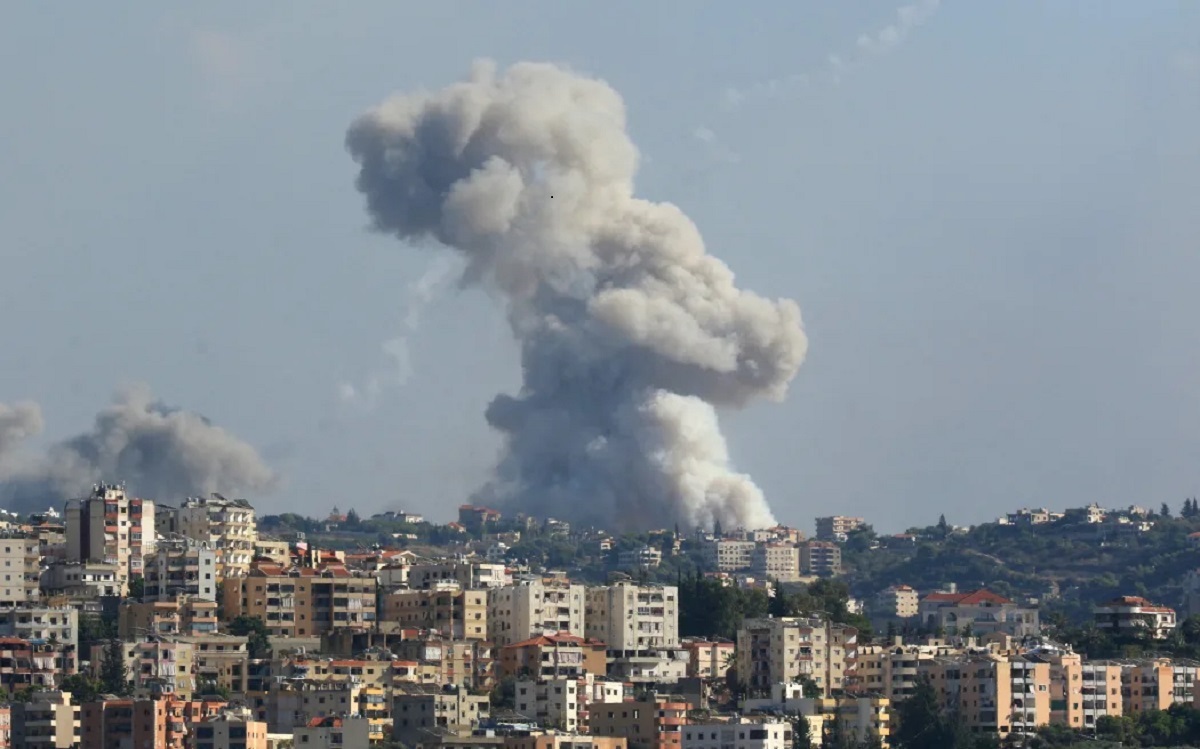
Addis Abeba – Student enrollment in Tigray has plummeted to alarming levels, with just 40% of eligible students registering for classes this academic year.
In an interview with Addis Standard, Seyoum Hagos, Director of Communications at the Tigray Education Bureau, revealed that less than a million students are registered for school this year. .
There are over 2.4 million students eligible for enrollment in Tigray.
“Although the overall registration rate for students reached 40%, a closer look reveals that less than 20% of young students are actually enrolled,” Seyoum disclosed, highlighting the deepening crisis in Tigray’s education system.
A primary cause of the educational crisis in Tigray is the fact that over 106 schools in the region are currently serving as shelters for internally displaced persons (IDPs).
According to Seyoum, this situation has compelled the regional government to conduct the teaching and learning process for some students at public universities within the region.
In addition to the challenges posed by lack of infrastructure, the Tigray Education Bureau also faces difficulties in managing schools that are beyond its control.
“More than 500 schools are currently outside of the bureau’s jurisdiction,” Seyoum revealed.
“Seyoum noted that these schools currently remain under the control of Amhara and Eritrean forces.”
The communications director stressed that the war has caused a devastating loss of both human and material resources.
“After the war, 14,000 teachers are no longer serving in the education sector,” he stated.
Seyoum explained that the number of teachers in Tigray has decreased drastically, from 46,598 in 2020 to fewer than 32,000 today.
“Many of these educators are believed to have either been killed during the war or died due to a lack of medical care and essential supplies,” he emphasized.
Seyoum also revealed that the war has caused significant damage to schools, with over 2,470 institutions affected and more than 30,000 computers destroyed or looted.
Economic challenges also constitute a significant obstacle for children in Tigray.
Tesfaye Gebremedin, an educational researcher and instructor at Mekelle University, underscored that the region continues to face severe economic scarcity, affecting both students and their parents.
“The war has also inflicted extensive damage on the region’s education system, with many schools damaged or destroyed,” he explained. “This has resulted in a significant decline in the anticipated student enrollment rate.”
Seyoum attributed the currently observed low attendance rate to factors such as displacement, a diminished interest in education due to the war, insufficient infrastructure and resources, and limited access to schools in rural areas.
“The war has eroded students’ interest in education, and many require psychological support to recover from the trauma they have experienced,” he emphasized. “There is a need for both governmental intervention and philanthropic support to address these issues and restore the education system.”
Seyoum also expressed deep concern over the high rate of students across all age groups who have not returned to school even though the war ended over 22 months ago.
Despite the cessation of the two-year war in November 2022, regular scholastic activities only recommenced in mid-April 2023 in the Tigray region, attributed to the intricate and manifold challenges emanating from the devastating war.
The onerous task of reintegrating the over 2.4 million students who had discontinued their education proved to be a daunting endeavor for the regional authorities, even after the belated resumption of educational institutions.
In December 2023, Addis Standard reported that fewer than half of the students eligible for education were in attendance in Tigray’s classrooms.”
According to the news article, more than a quarter of a million students remained at risk of discontinuing their education during the last academic season due to drought and insufficient humanitarian aid. AS








